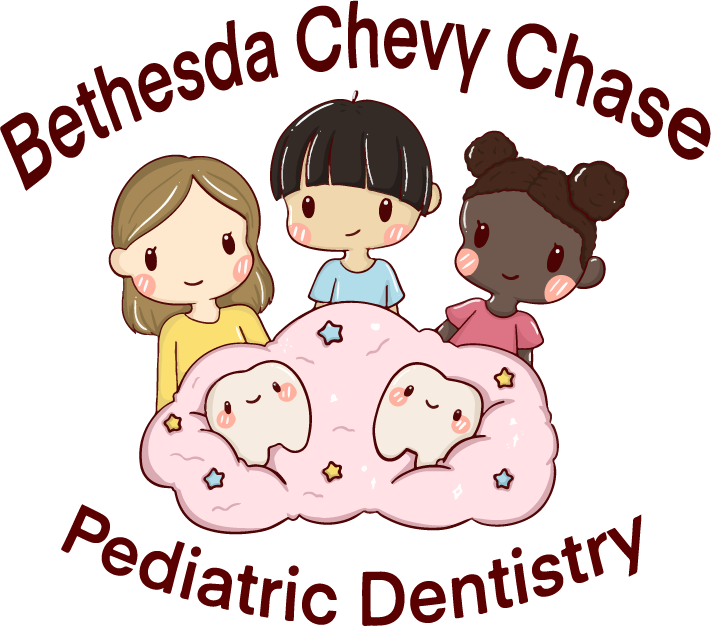Are Dental X-Rays Safe For a Child?
As a parent, it’s natural to have safety concerns about X-rays. On the other hand, X-rays are very useful diagnostic tools, and your pediatric dentist may advise that he or she have an X-ray done to discover any dental damage. It might be difficult for you to determine if this is the appropriate thing to do. Read on to learn more about the X-ray procedure and important pediatric dental X-ray guidelines so you can make an informed decision about your child’s dental care.
When Should Your Child Have an X-Ray Taken?
There are numerous places in your child’s mouth that the dentist can’t see during a standard checkup, such as behind the gums or inside the teeth. Unless they’ve completed a comprehensive clinical examination and still have unanswered concerns about your child’s teeth or general health, dentists will usually not request an X-ray.
Here are a few examples of when a dentist might suggest an X-ray:
- To determine whether your child’s mouth has enough space for all incoming teeth,
- To see if your child is losing primary teeth quickly enough to make room for all permanent teeth
- To detect early wisdom tooth development or teeth that are unable to emerge from the gums (known as impacted).
- To look for early indications of tooth decay
- To search for any developmental anomalies, such as tumors.
Are There Different Types of X-Rays?
There are many types of X-rays, each one serving a unique purpose. Dentists may request any of the following types of X-rays depending on what information they need:
- Periapical X-rays expose the entirety of your child’s tooth, from crown to root.
- Bitewing X-rays focus on the crowns of the upper and lower teeth in one area of the mouth.
- Cephalometric X-rays display both your child’s teeth and the jaw and head and can help in planning orthodontic treatments.
- Occlusal X-rays can be used to see how the teeth fit together when your child bites down.
- Cone Beam Computerized Tomography a 3D view of your child’s mouth.
- Panoramic X-rays show your child’s entire mouth and can be used to see emerging teeth, impacted teeth, or tumors.
- Digital imaging is a 2-D type of dental imaging that allows images to be sent directly to a computer. The images can be displayed on a screen, stored, printed out, enlarged, and shared in a matter of seconds.
So Are X-Rays Safe?
According to the American Dental Association, dental X-rays are safe. Although they will expose your child to low radiation levels, the danger of negative side effects is quite small. Additionally, most dental practitioners adhere to the FDA’s new pediatric X-ray guidelines that recommend “medical X-ray imaging exams be optimized to use the lowest radiation dose needed.” Also, most dentists will cover your child with an apron or thyroid collar containing lead that shields your child’s abdomen and thyroid. If not offered, feel free to ask for that protection.
As a parent, it’s natural to have safety concerns about X-rays. Understanding the advantages and disadvantages of dental X-rays, as well as speaking with your child’s dentist, will help you determine what is best for your child. Most of all make sure that your child practices good oral health and hygiene with plenty of brushing and flossing. This is the best defense against tooth decay and children at low risk of tooth decay need fewer dental x-rays.
Now you know more about dental X-rays! If you have any questions, please don’t hesitate to ask your favorite dentist at BCC Pediatric Dentistry. Thanks for reading!
Does You Child Need to Visit The Dentist?
Do you have a child ready for their first dental visit? Looking for a new pediatric dentist in Bethesda MD for your Children? Request an appointment with BCC Pediatric Dentistry.





